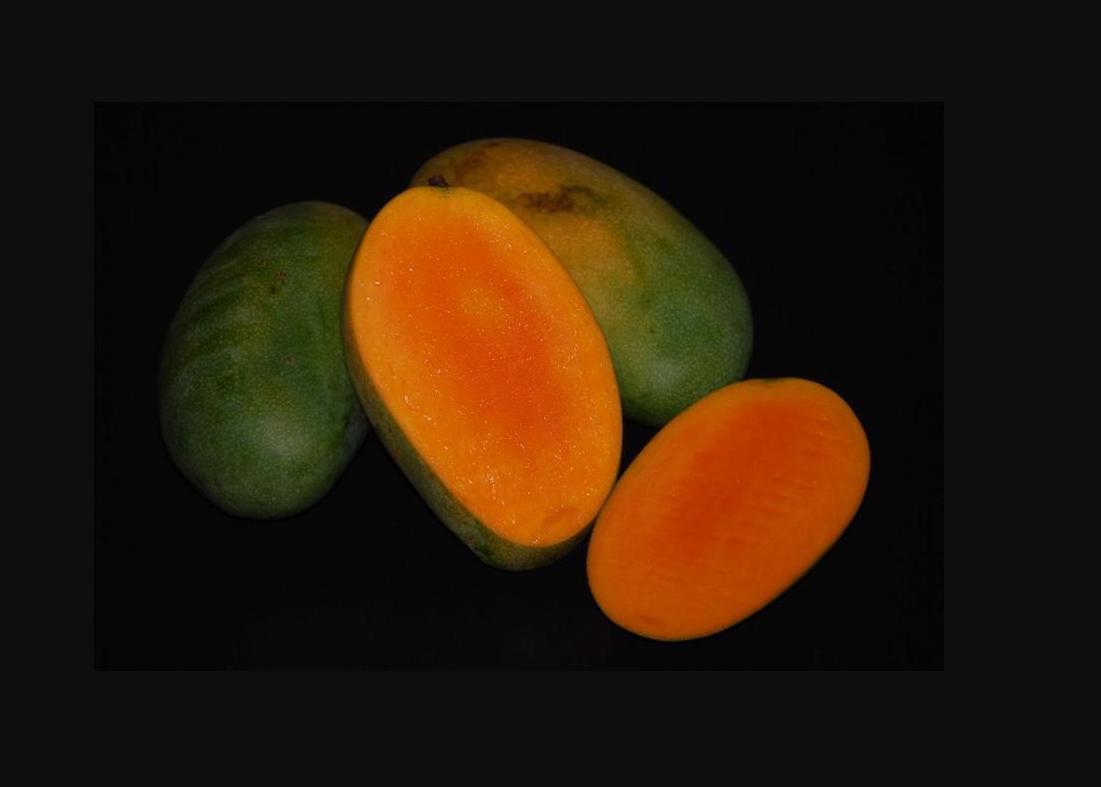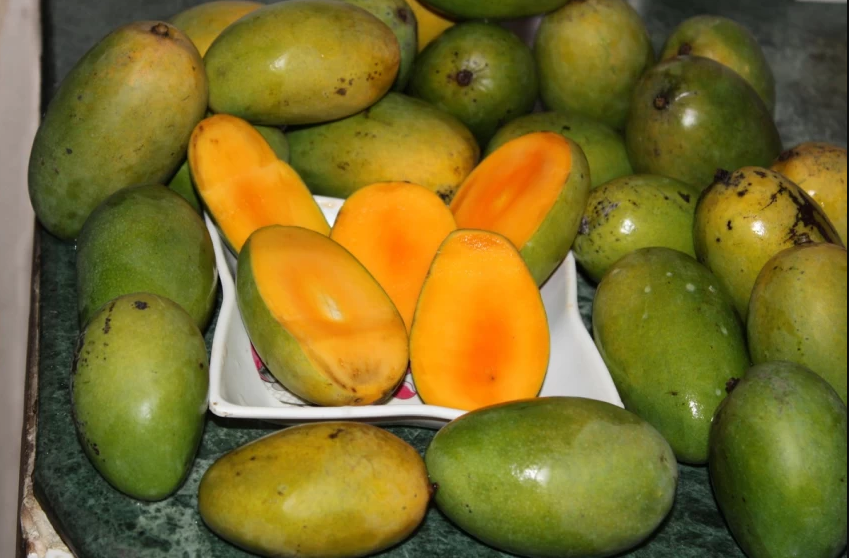Senci Green Garden
Delicious Mango Seeds (Mangifera indica) Fresh x2 seeds
Delicious Mango Seeds (Mangifera indica) Fresh x2 seeds
Couldn't load pickup availability
Mango Seeds (Mangifera indica) NON GMO Organic
100% Fresh Seeds
Mangifera indica, commonly known as the mango tree, is a tropical evergreen tree belonging to the flowering plant family Anacardiaceae. Here’s a detailed description of Mangifera indica
Tree Characteristics
Size and Shape: Mango trees vary widely in size, ranging from small, bushy trees to large, spreading specimens. Mature trees can reach heights of 10-40 meters (33-131 feet) or more, with a dense, rounded canopy.
Bark: The bark of mature mango trees is smooth and grayish-brown in color, becoming rough and fissured with age.
Leaves: The leaves are alternate, simple, and oblong or lanceolate in shape, with a glossy dark green color on the upper surface and lighter green on the underside. They are 15-35 cm (6-14 inches) long and 6-16 cm (2.4-6.3 inches) wide.
Flowers: Mango trees produce small, fragrant flowers arranged in panicles at the branch tips. The flowers are usually white or pinkish in color, with five petals.
Fruit
Mango: The fruit of Mangifera indica is the mango, one of the most popular tropical fruits worldwide. Mangoes vary in shape, size, and color depending on the variety, but they are typically oval or kidney-shaped with a smooth, thin skin.
Skin and Flesh: The skin of mangoes can range from green to yellow, orange, or red when ripe. The flesh is juicy, aromatic, and varies in color from pale yellow to deep orange depending on the cultivar.
Seed: Each mango fruit contains a large, flat, and oblong seed (often called the stone or pit) surrounded by fibrous tissue.
Cultural and Culinary Uses:
Culinary: Mangoes are eaten fresh, sliced, or in salads. They are also used to make juices, smoothies, jams, chutneys, and desserts such as mango pudding and ice cream.
Traditional Medicine: Various parts of the mango tree, including the leaves, bark, and fruit, have been used in traditional medicine for their potential medicinal properties.
Propagation and Cultivation
Climate: Mango trees thrive in tropical and subtropical climates with well-drained soil and full sun exposure. They are sensitive to frost and drought.
Propagation: Mango trees are propagated mainly by seed, although grafting is commonly used to propagate selected cultivars with desirable traits.
Harvesting: Mangoes are harvested when mature and ripe, usually by hand-picking. They do not ripen well once removed from the tree.
Ornamental Value
Landscaping: Mango trees are often planted ornamentally in tropical gardens for their attractive foliage, fragrant flowers, and the shade provided by their canopy.
Mangifera indica, the mango tree, is not only an important fruit crop but also holds cultural and symbolic significance in many tropical regions. It is celebrated for its delicious fruit, versatile culinary uses, and role in traditional medicine, making it a beloved tree in tropical landscapes worldwide.
Share










